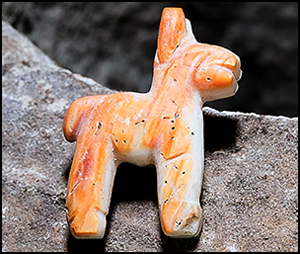Article contents
The context and meaning of an intact Inca underwater offering from Lake Titicaca
Published online by Cambridge University Press: 04 August 2020
Abstract

As the Inca Empire expanded across the South American Andes during the fifteenth and sixteenth centuries AD, Lake Titicaca became its mythical place of origin and the location of a pilgrimage complex on the Island of the Sun. This complex included an underwater reef where stone boxes containing miniature figurines of gold, silver and shell were submerged as ritual offerings. This article reports a newly discovered stone offering box from a reef close to the lake's north-eastern shore. The location, content and broader socio-cultural context of Inca sacrifices are examined to illuminate the religious and social meaning of underwater ritual offerings at Lake Titicaca.
Information
- Type
- Research Article
- Information
- Copyright
- Copyright © Antiquity Publications Ltd, 2020
References
- 7
- Cited by

